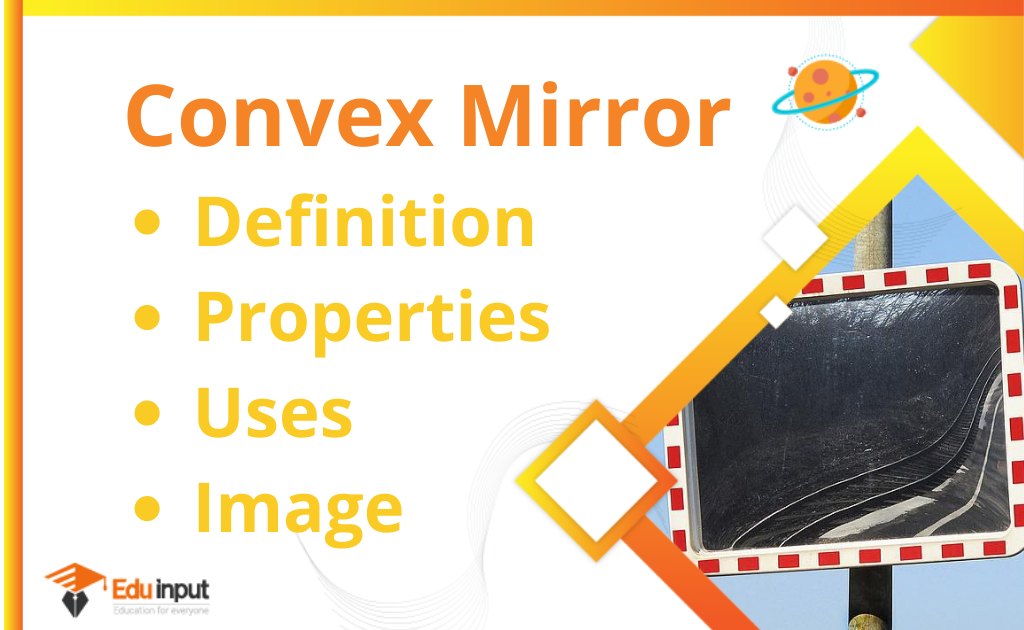What is an Optical Transistor?-Comparison with Electronics
An optical transistor is a transistor that controls the movement of photons or particles of light. By doing this, it’s able to either switch an optical signal or amplify it.
What is an optical Transistor?
An optical transistor is a device that takes in a light signal and then amplifies the intensity of that light output. This allows for greater control over the light signal, especially when used in devices like fiber-optic communication networks or computers.
Applications
It is possible to improve the performance of fiber-optic communication networks with the use of optical transistors. Fiber-optic cables can be used to transfer data, but other tasks can be accomplished electronically. The optical-electronic-optical conversion is necessary for this.
In principle, all-optical digital signal processing and routing can be accomplished using optical transistors arranged into photonic integrated circuits. A more elaborate application of optical transistors is the development of an optical digital computer in which components process photons rather than electrons.
In quantum information processing, optical transistors that operate using single photons could be used to address individual units of quantum information, known as qubits. It is thought that optical transistors could be impervious to the high radiation of space and extraterrestrial planets, unlike electronic transistors which suffer from single-event upset.
Comparison with electronics
When it comes to optical logic, people often argue that optical transistor switching times are a lot faster than in conventional electronic transistors. The reason for this is that the speed of light in an optical medium is typically much faster than the drift velocity of electrons in semiconductors.
Optical transistors have a lot of advantages over electronic ones. They can be directly linked to fiber-optic cables, which reduces the complexity and delay in the routing and other processing of signals in optical communication networks.
There is still some debate over whether optical processing can help to reduce the amount of energy needed to switch a single transistor. For electronic transistors, it is known that a few photons per operation is the minimum required. However, it has been proposed that single-photon transistors could be used for quantum information processing, which would clearly require less energy.
Advantage
There are several advantages of optical over electronic logic, but the most significant one is reduced power consumption. This is because there is no capacitance in the connections between individual logic gates. In electronics, the transmission line needs to be charged to the signal voltage, and this capacitance is proportional to the length of the line.
This means that it can exceed the capacitance of the transistors in a logic gate when the line is the same length as a single gate. Charging transmission lines is one of the main sources of energy loss in electronic logic. This type of loss is avoided in optical communication, where only enough energy to switch an optical transistor at the receiving end needs to be transmitted down the line.
This has been a major factor in the uptake of fiber optics for long-distance communication but has yet to be exploited at the microprocessor level.







Leave a Reply